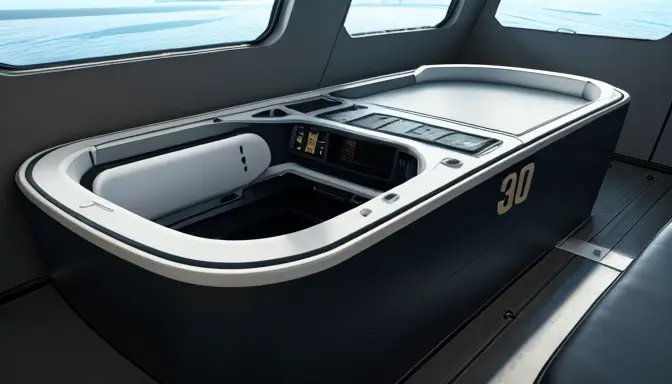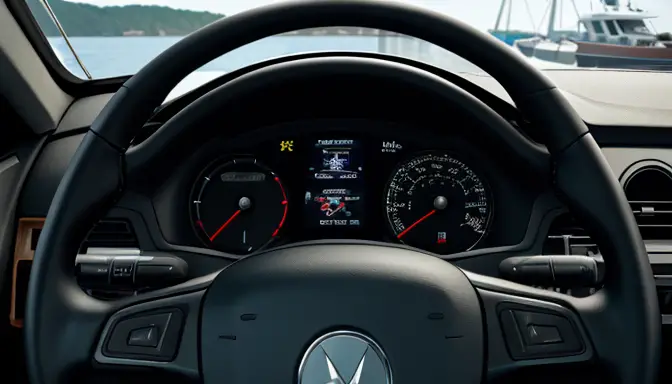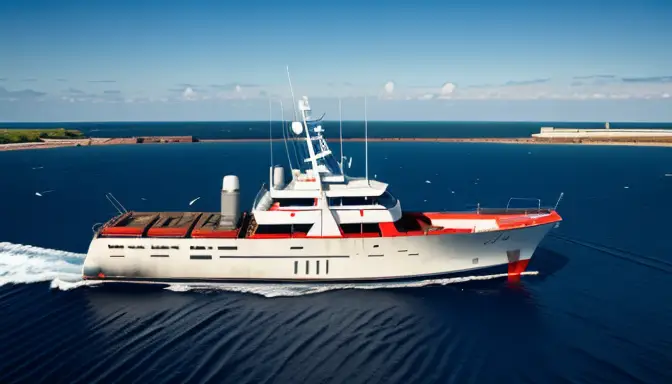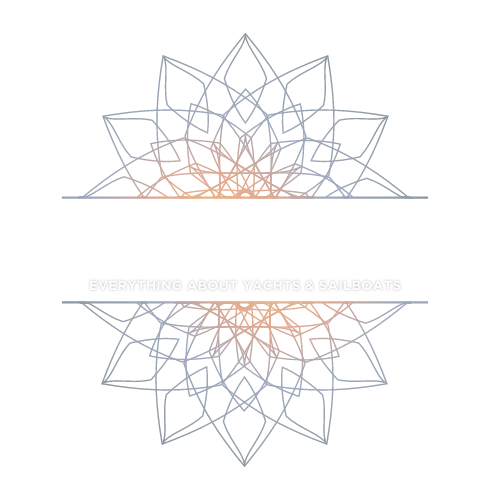Exploring the typical issues that owners of the Mainship Pilot 30 may encounter and how to address them effectively.
- Engine Troubles: Issues such as overheating, lack of power, or strange noises can arise, requiring regular maintenance and timely repairs.
- Hull Leaks: Identifying and fixing leaks in the hull, especially around windows and fittings, is crucial to prevent water damage and maintain structural integrity.
- Electrical Malfunctions: Dealing with electrical problems like faulty wiring, dead batteries, or malfunctioning instruments necessitates careful troubleshooting and professional assistance.
- Steering System Faults: Issues with the steering system, including stiff controls or erratic steering behavior, need to be addressed promptly to ensure safe navigation.
- Plumbing Issues: From clogged pipes to leaky faucets, resolving plumbing problems on the Mainship Pilot 30 is essential for onboard comfort and functionality.
- Deck and Deck Hardware Problems: Inspecting and repairing deck components like rails, cleats, and hatches is vital to prevent accidents and maintain the vessel’s overall condition.
- Interior Water Damage: Preventing and addressing water intrusion inside the boat, which can lead to mold, mildew, and structural damage, requires diligent maintenance and quick repairs.
- Propeller and Shaft Concerns: Monitoring and maintaining the propeller and shaft for issues like vibrations, misalignment, or damage is crucial for optimal performance and efficiency.
Engine Troubles
When it comes to engine troubles on the Mainship Pilot 30, owners may encounter various issues that require prompt attention and resolution. From overheating to strange noises, these problems can disrupt your boating experience if left unaddressed. To ensure the smooth operation of your vessel, regular maintenance and timely repairs are essential. By staying vigilant and proactive, you can prevent major breakdowns and costly repairs down the line.
To effectively tackle engine troubles, consider the following steps:
- Regular Maintenance: Schedule routine maintenance checks to keep your engine in top condition and address any potential issues early on.
- Monitoring Performance: Pay attention to any changes in your engine’s performance, such as decreased power or unusual vibrations, which could indicate underlying problems.
- Professional Assistance: If you’re unsure about diagnosing or fixing engine issues, don’t hesitate to seek help from a qualified marine mechanic to prevent further damage.
By staying proactive and addressing engine troubles promptly, you can enjoy smooth sailing on your Mainship Pilot 30 without unexpected surprises.

Hull Leaks
When it comes to the Mainship Pilot 30, hull leaks can be a common and concerning issue for boat owners. These leaks, especially around windows and fittings, can lead to water intrusion, causing damage to the vessel’s structure and interior. To effectively address hull leaks, owners should take proactive measures such as:
- Regularly inspecting the hull for any signs of leaks or water seepage.
- Sealing gaps and cracks around windows and fittings with marine-grade sealants.
- Checking the integrity of the hull’s protective coatings and addressing any areas of corrosion promptly.
- Ensuring proper drainage systems are in place to prevent water accumulation on the deck.
By staying vigilant and addressing hull leaks promptly, Mainship Pilot 30 owners can safeguard their vessel against water damage and maintain its overall integrity.
Electrical Malfunctions
When it comes to the Mainship Pilot 30, electrical malfunctions can be a significant headache for boat owners. Dealing with faulty wiring, dead batteries, or malfunctioning instruments requires a keen eye and a methodical approach. Here are some key points to consider when tackling electrical issues on your Mainship Pilot 30:
- Check the Wiring: Inspect all wiring for signs of wear, corrosion, or loose connections. Address any issues promptly to prevent further damage.
- Battery Health: Regularly test and maintain your boat’s batteries to ensure they are in good working condition. Dead batteries can lead to a host of electrical problems.
- Instrument Calibration: If your instruments are acting up, recalibrate them according to the manufacturer’s instructions. Incorrect readings can be dangerous while out at sea.
- Professional Assistance: If you are unsure about how to troubleshoot electrical malfunctions, seek the help of a qualified marine electrician. They can diagnose and fix complex issues effectively.
By staying vigilant and addressing electrical problems promptly, you can ensure a safe and smooth sailing experience on your Mainship Pilot 30.

Steering System Faults
When it comes to the steering system of the Mainship Pilot 30, encountering faults can be a real challenge for boat owners. Imagine trying to navigate through rough waters with stiff controls or experiencing erratic steering behavior – it can be a recipe for disaster. Steering system faults require immediate attention to ensure the safety of everyone on board and the integrity of the vessel.
So, what are some common steering system issues that Mainship Pilot 30 owners might face? Let’s take a closer look:
- Stiff Controls: Have you ever tried turning the wheel only to find it unusually difficult to maneuver? This could indicate a problem with the steering mechanism that needs to be addressed promptly.
- Erratic Steering Behavior: Does the boat veer off course unexpectedly or respond unpredictably to your commands? Such behavior can be a sign of underlying steering system faults that require professional inspection.
- Delayed Response: If there’s a delay between turning the wheel and the boat’s actual response, it could pose a serious safety risk, especially in emergency situations.
Dealing with steering system faults on the Mainship Pilot 30 demands a thorough assessment of the components, including the steering wheel, cables, hydraulic systems, and rudder. Regular maintenance and timely repairs are crucial to ensure smooth and safe navigation on the open waters.
Plumbing Issues
When it comes to the Mainship Pilot 30, plumbing issues can be a real headache for boat owners. From clogged pipes to leaky faucets, these problems can disrupt your onboard comfort and functionality. Imagine trying to enjoy a peaceful cruise only to be greeted by a burst pipe or a malfunctioning toilet – talk about a dampener on your day at sea! Addressing plumbing issues promptly is essential to ensure smooth sailing and prevent any unwanted surprises.
To tackle plumbing issues effectively, it’s crucial to conduct regular maintenance checks and address any problems as soon as they arise. Here are some common plumbing issues that Mainship Pilot 30 owners may encounter:
- Clogged pipes: Debris and buildup can easily clog pipes, leading to drainage issues and potential backups.
- Leaky faucets: Dripping faucets not only waste water but can also indicate underlying plumbing problems that need attention.
- Malfunctioning toilets: A malfunctioning toilet can quickly become a major inconvenience onboard, requiring immediate repairs.
By staying vigilant and proactive in addressing plumbing issues, Mainship Pilot 30 owners can ensure a smooth sailing experience without any unwelcome plumbing surprises along the way.

Deck and Deck Hardware Problems
When it comes to the Mainship Pilot 30, deck and deck hardware problems can significantly impact the safety and functionality of the vessel. Inspecting these components regularly is crucial to prevent accidents and ensure smooth sailing. One common issue is corrosion on metal hardware, which can weaken the structure over time. It’s important to check for signs of rust and address any corroded parts promptly. Additionally, loose or damaged rails pose a safety risk and should be repaired or replaced as needed. Proper sealing of deck fittings is essential to prevent water intrusion and potential leaks into the boat’s interior.
Creating a maintenance schedule for deck components can help owners stay on top of any emerging problems. Regularly cleaning and lubricating deck hardware, such as cleats and hinges, can extend their lifespan and ensure smooth operation. Inspecting hatches and seals for wear and tear is also important to prevent water from entering the boat during rough weather conditions. By addressing deck and hardware issues proactively, owners can enjoy a safer and more comfortable boating experience.
Interior Water Damage
Interior water damage on the Mainship Pilot 30 can be a serious and costly problem if not addressed promptly and effectively. Water intrusion inside the boat can lead to various issues such as mold, mildew, and structural damage, compromising the safety and comfort of the vessel. To prevent and mitigate interior water damage, owners should implement a proactive maintenance routine and be vigilant for any signs of leaks or moisture buildup.
Here are some key steps to prevent and address interior water damage:
- Regularly inspecting the boat for any signs of water leaks or damage.
- Sealing gaps and cracks that could allow water to enter the interior spaces.
- Ensuring proper ventilation to reduce humidity levels inside the boat.
- Repairing any damaged or deteriorating seals around windows and hatches.
By taking these preventive measures and addressing any water intrusion issues promptly, owners can protect their Mainship Pilot 30 from the damaging effects of interior water damage and ensure a safe and enjoyable boating experience.

Propeller and Shaft Concerns
When it comes to the Mainship Pilot 30, keeping a close eye on propeller and shaft concerns is paramount for smooth sailing. The propeller and shaft play a crucial role in the boat’s propulsion system, and any issues in this area can lead to performance setbacks and potential safety hazards. To ensure everything is running smoothly, regular inspection and maintenance are key. Here are some common propeller and shaft concerns owners should watch out for:
- Strange vibrations during operation, indicating potential misalignment or damage.
- Excessive wear and tear on the propeller blades, affecting efficiency.
- Leaks around the shaft seals, leading to water intrusion and corrosion.
By addressing these concerns promptly and conducting routine checks, owners can prolong the lifespan of their Mainship Pilot 30 and enjoy worry-free boating adventures. Remember, a well-maintained propeller and shaft ensure optimal performance and efficiency on the water.
Frequently Asked Questions
- Q: How often should I perform maintenance on the Mainship Pilot 30’s engine?
A: Regular maintenance is key to preventing engine troubles. It is recommended to follow the manufacturer’s guidelines and have the engine inspected at least once a year.
- Q: What should I do if I notice a hull leak on my Mainship Pilot 30?
A: Immediate action is necessary to prevent water damage. Identify the source of the leak, seal it properly, and inspect the surrounding area for any additional leaks.
- Q: How can I troubleshoot electrical malfunctions on the Mainship Pilot 30?
A: Start by checking for loose connections or blown fuses. If the issue persists, it is best to seek professional help to avoid further damage.
- Q: What are some common plumbing issues that may arise on the Mainship Pilot 30?
A: Clogged pipes, leaky faucets, and water pump problems are common. Regularly inspecting the plumbing system can help prevent these issues.
- What Happened to Bluewater Yachts? The Inside Story - May 31, 2024
- Upgrade Your Boat’s Water Pump to the Mach 5 - May 30, 2024
- Upgrade Your Boat with the Big Stuff Stuffing Box - May 30, 2024


